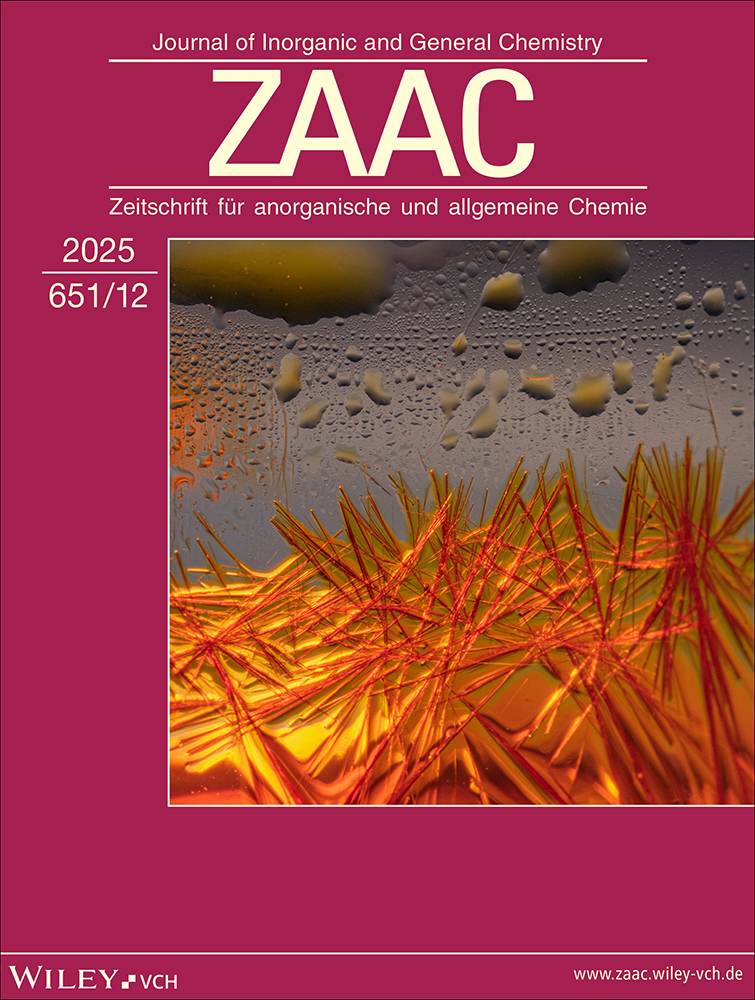Untersuchungen der Ladungsverteilung in freiem und gebundenem 1,1-Dicyanoethylen-2,2-dithiolat Eine ab initio-HF-MO- und XPS-Studie†
Professor Klaus Brodersen zum 60. Geburtstage am 12. August 1986 gewidmet
Abstract
deAus ab initio-HF-MO-Berechnungen folgt, daß die negative Ladung im Dianion (S2CC(CN)2)2− etwa zu gleichen Anteilen auf die endständigen Atome S und N delokalisiert ist. Der Einfluß Von Coulomb-Effekten durch Einbau des Anions in Ionengitter sowie Von Substitutionseffekten in derivaten Von (S2C4N2)2− auf die Bindungsenergien Von S2p- und N1s-Elektronen wird mit der XPS-Methode qualitativ untersucht.
Abstract
enInvestigation of the Charge Distribution of Free and Bound 1,1-Dicyanoethylene-2,2-dithiolate. An ab initio HF-MO and XPS Study
Ab initio HF-MO calculations on the dianion (S2CC(CN)2)2− reveal that the negative charge is located to nearly equal amounts on the terminal S and N atoms. Influences on the electron binding energy of the S2p and N1s level of Coulomb effects in ionic crystals and substitution effects in derivatives of (S2C4N2)2− are Studied qualitatively using the XPS method.




